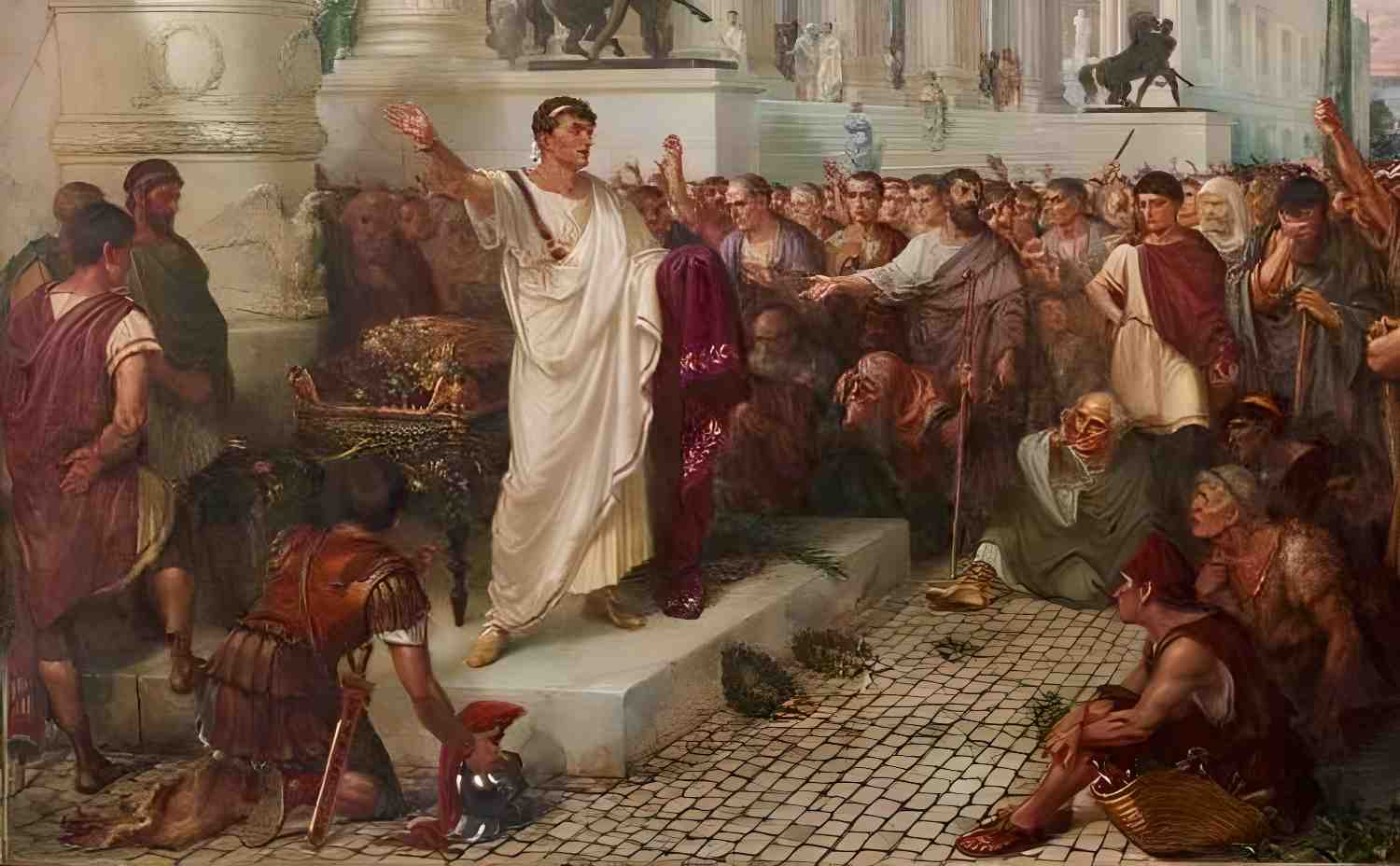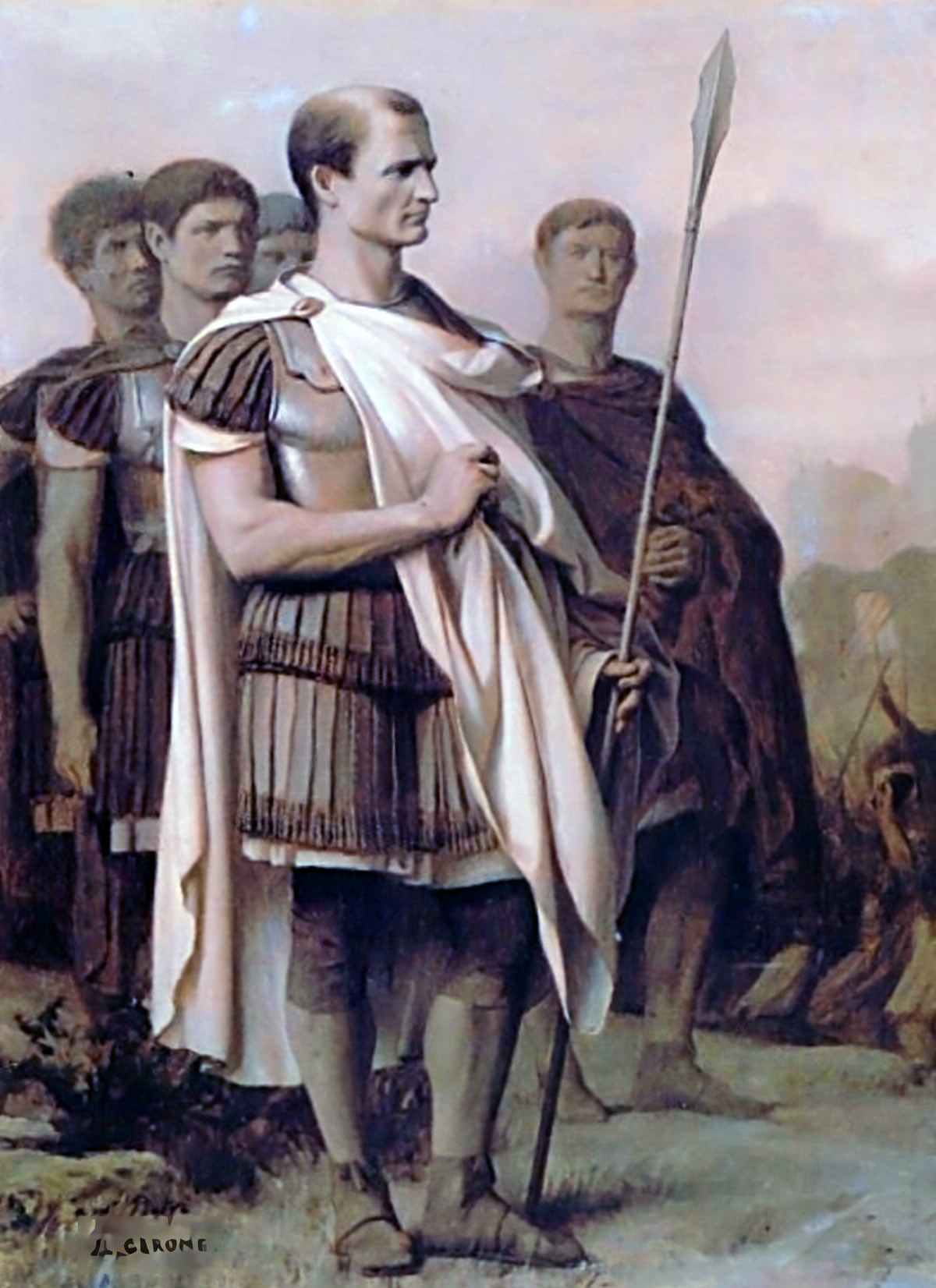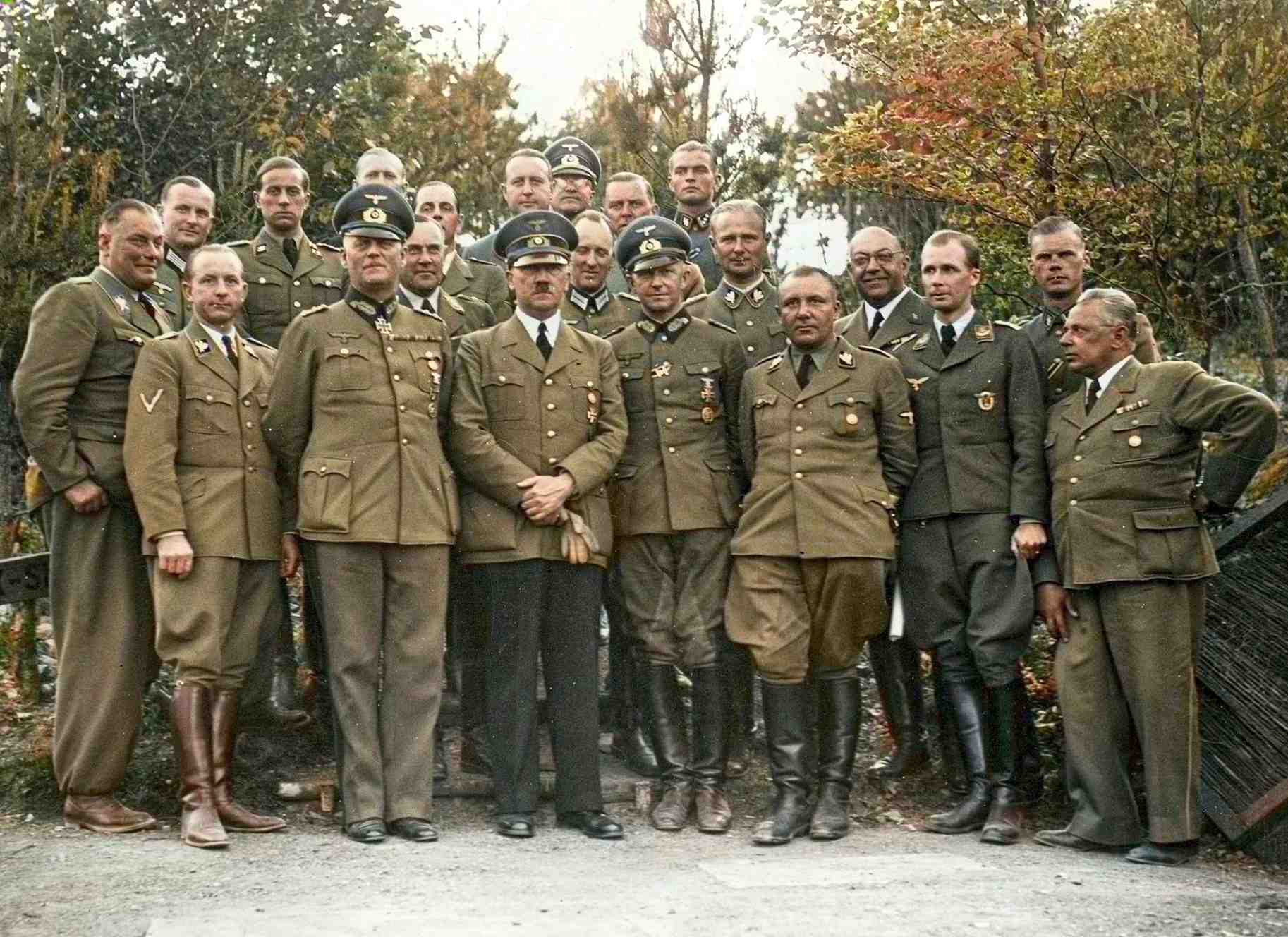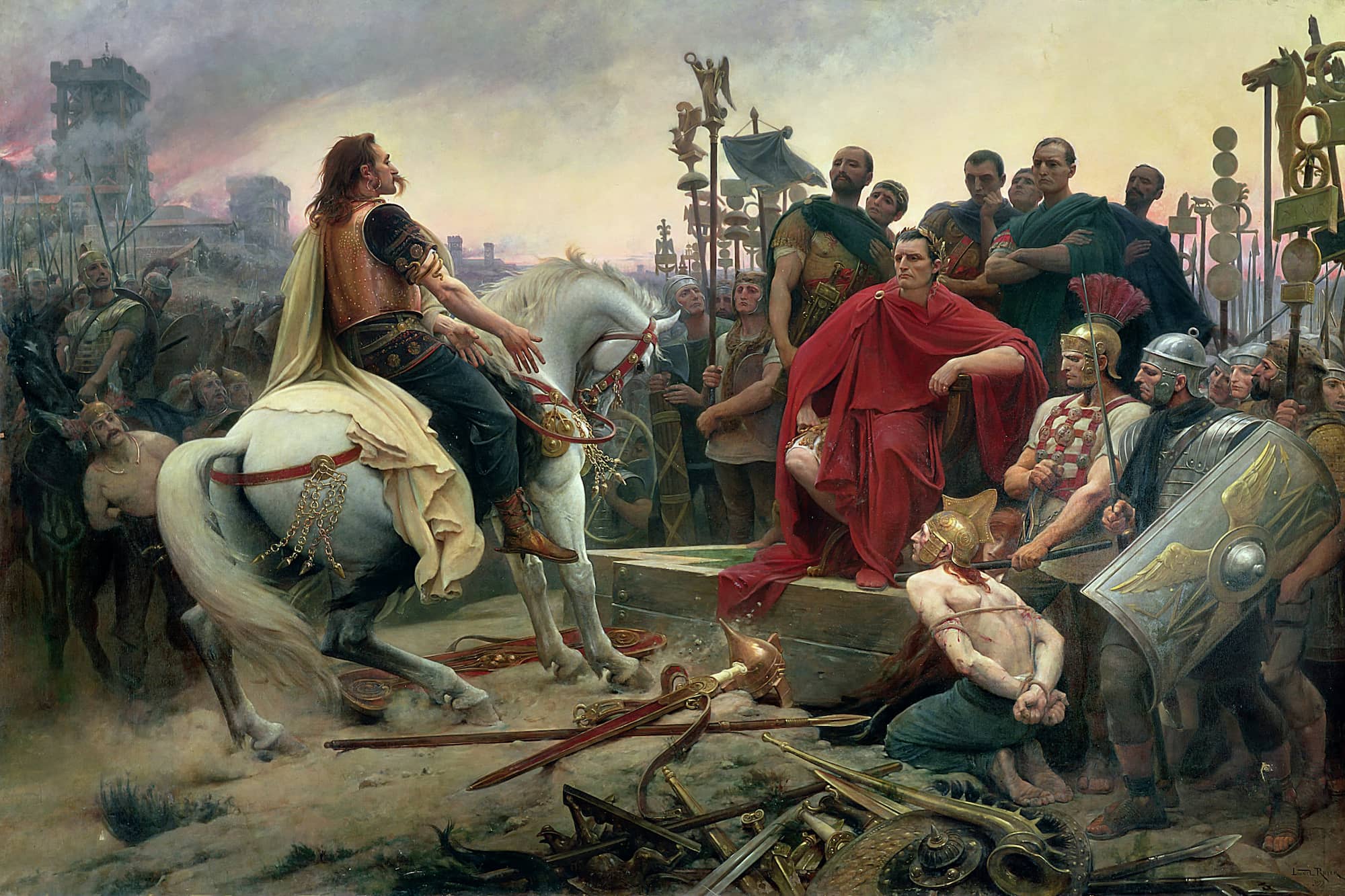How tall was Julius Caesar? According to Suetonius, Julius Caesar was taller than the average Roman. To find out how tall Julius Caesar was, you can take into account the average height of a male Roman throughout the Republican and Imperial periods in Rome. The average height of a male Roman was roughly 1.66 meters or 5’5.4″ at the time of Julius Caesar. 5’5.4″ is taller than about 9% of men and 61% of women in the USA.
The average height of a Roman at the time of Julius Caesar

To determine the height of Julius Caesar, one can look to the typical height of a male Roman during both the Republican and Imperial eras in Rome, which was around 5 feet, 5.4 inches, or 1.66 meters, with a range of between 1.63–1.70 meters. The average height of a female Roman was 5 feet, or 1.53 meters, with a range of 1.51–1.55 meters.
This data is taken from the measurements of skeletons from the ancient Roman cities of Pompeii and Herculaneum. According to contemporary historians of Julius Caesar’s time, the dictator for life was “tall of stature.” Caesar is among history’s most revered characters. His renown stems from his exemplary character and pivotal role in Roman history.
The average height of a Roman soldier
The Imperial Roman regulations state that a Roman soldier had to be at least 165 cm (5 feet, 5 inches) tall. It is believed by experts that soldiers typically ranged in height from 165 cm to 175 cm during the Roman Empire, with an average height of approximately 170 cm or 5 feet 7 inches.
The height of Julius Caesar based on the findings

According to the Roman historian Gaius Suetonius Tranquillus (AD 69–122), Julius Caesar “stood tall, had a fair complexion, limbs that were in good shape, a slightly full face, and sharp black eyes.” While the exact height of Caesar is uncertain, Suetonius and other sources indicate that the Roman general was tall. Based on the average height of a Roman male at the time of 1.66 meters (5’5″) and a Roman soldier of 170 cm (5’7″), Julius Caesar’s height was most likely between 1.71 and 1.76 meters (5’7.3″ and 5’9.3″).
The estimates regarding how tall Julius Caesar was will always be speculative and won’t be confirmed. However, his charismatic height was immense, which has made him one of the most popular and significant characters in history.
The physical description of Julius Caesar

The historian Suetonius, who lived between 69 and 122 AD, described Caesar in his book “The Lives of the Caesars.” Caesar was a tall individual with a pale complexion and strong limbs. His face was full, and he had black and lively eyes. Although he was generally healthy, he experienced fainting spells and nightmares in his old age and had two episodes of epilepsy during his service.
Caesar paid close attention to his appearance, including shaving his hair and body, which drew criticism from some. He was particularly sensitive about baldness and would comb his hair forward to cover his forehead. Among the many honors Caesar received from the Senate and the public, he was particularly fond of wearing a laurel wreath, probably to cover his baldness.
Julius Caesar excelled in war, politics, and literature equally. His military conquests significantly expanded Rome’s territory and served as an inspiration to future leaders and military historians. His political career was a remarkable case study in how one person can rise to the top of a state. Caesar laid the groundwork for Rome’s transition from a republic to an empire with the backing of the common masses, whom he protected, deceived, and managed for his personal ends.






